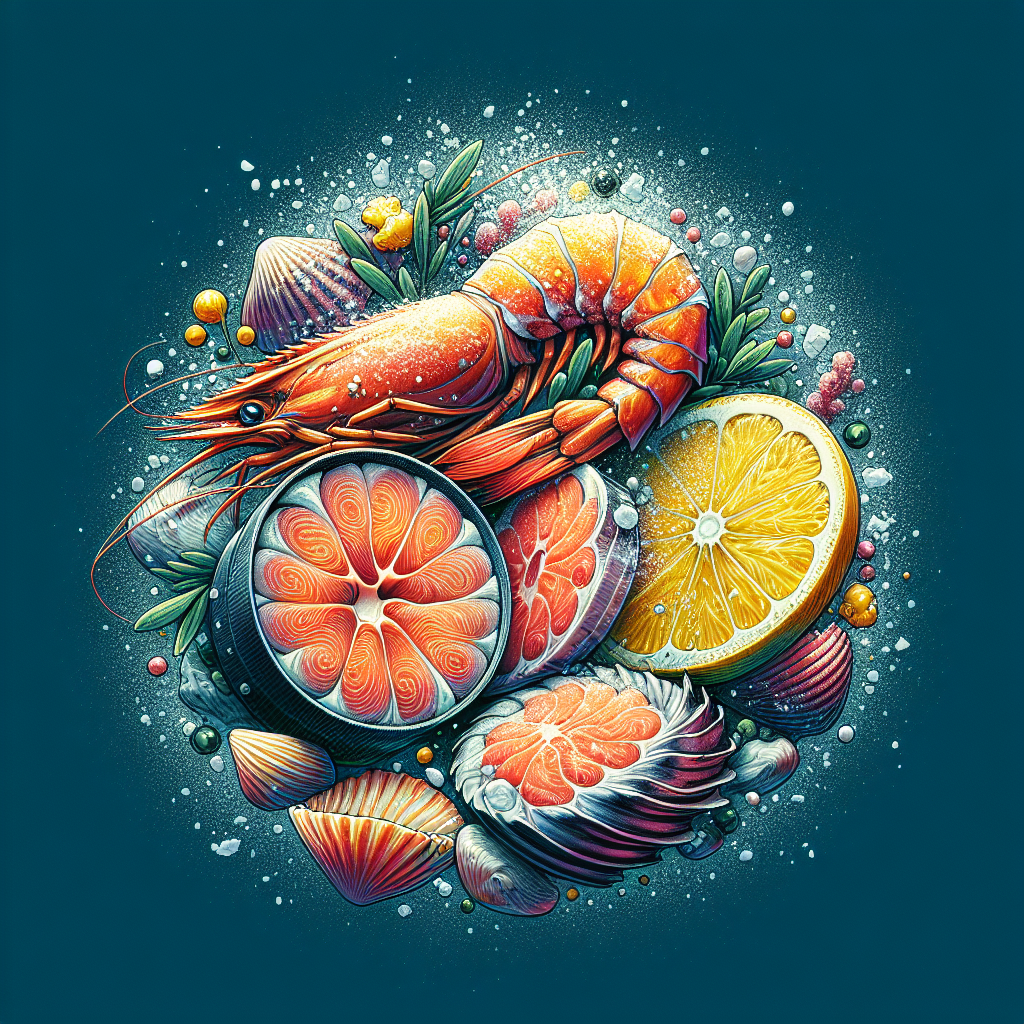
Imagine effortlessly cooking a piece of fish to perfection, where the texture is delicate and moist, and the flavor is enhanced to its fullest potential. Sous vide, the cooking method that has taken the culinary world by storm, promises precisely that. But how does sous vide actually affect the texture of seafood? In this article, we will explore how this innovative cooking technique turns ordinary seafood into a culinary masterpiece, providing a tantalizing experience for your taste buds. Get ready to dive into the world of sous vide and discover the secrets behind its transformative powers on seafood.
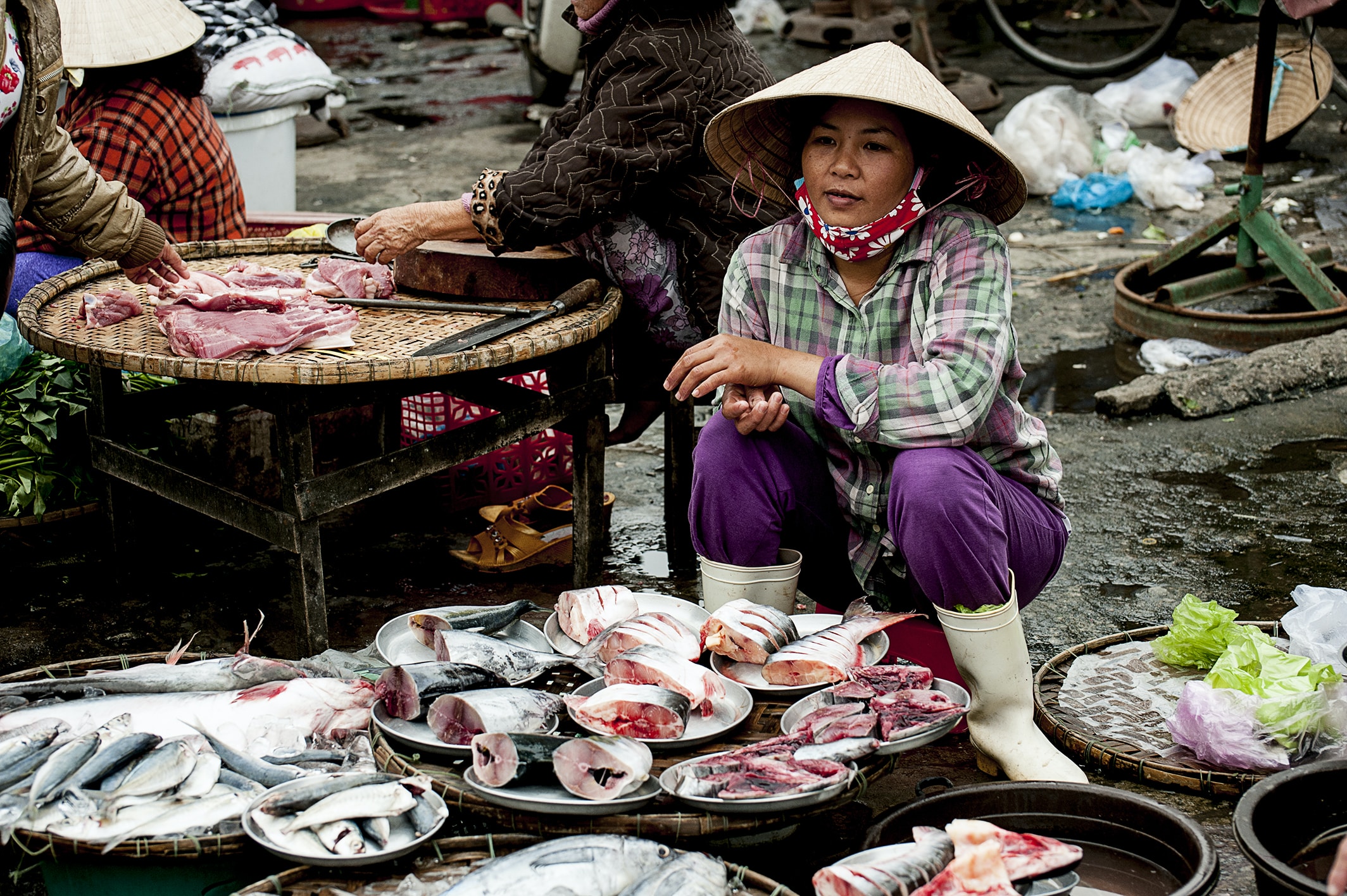
Factors affecting the texture of seafood
When it comes to seafood, several factors can influence its texture. Understanding these factors is crucial, as they can greatly impact the taste and overall culinary experience. Some of the key factors that affect the texture of seafood include the type of seafood, cooking time, temperature, and preparation techniques.
Type of seafood
The type of seafood plays a significant role in determining its texture. Different types of seafood have varying degrees of tenderness and firmness. For example, fish such as cod or halibut tend to have a delicate texture, while shellfish like mussels or clams have a more robust and chewy texture. Crustaceans like lobster or shrimp can also vary in texture, with the meat being tender or slightly firm.
Cooking time
Cooking time is another critical factor that affects the texture of seafood. Delicate seafood requires a short cooking time to prevent it from becoming overcooked and losing its tenderness. On the other hand, tougher seafood, such as octopus or squid, benefits from a longer cooking time to help tenderize the meat and make it more enjoyable to eat.
Temperature
The temperature at which seafood is cooked significantly impacts its texture. Low temperatures are ideal for delicate seafood as they help preserve its tenderness and prevent it from becoming too firm. In contrast, tougher seafood benefits from higher cooking temperatures to break down the connective tissues and achieve a more tender texture.
Preparation techniques
The preparation techniques employed for cooking seafood can also influence its texture. Different techniques like marinating, vacuum sealing, or adding seasonings or aromatics can affect the final texture of the seafood. Marinating seafood before cooking can enhance its flavor and potentially improve its tenderness. Vacuum sealing, a common technique in sous vide cooking, can help retain moisture and contribute to a succulent and juicy texture. Adding seasonings or aromatics can also infuse the seafood with additional flavors and contribute to the overall texture profile.
Effects of sous vide on seafood texture
Sous vide, a cooking technique that involves sealing food in a vacuum-sealed pouch and cooking it in a water bath at a precise temperature, can have numerous effects on the texture of seafood. Let’s explore some of the primary effects sous vide has on seafood texture:
Moisture retention
One of the significant benefits of sous vide cooking for seafood is the retention of moisture. By sealing the seafood in a pouch, the moisture and natural juices are trapped, resulting in a succulent and juicy texture. Sous vide cooking helps prevent the seafood from drying out, even during longer cooking times, and ensures a moist and flavorful end product.
Tenderization
Sous vide cooking can also contribute to the tenderization of seafood. The extended cooking time at controlled temperatures allows enzymes to break down the connective tissues in the seafood. This enzymatic action results in a softer and more tender texture, especially for tougher seafood varieties like octopus or squid.
Uniformity
Another advantage of sous vide cooking is the uniformity it brings to the cooking process. The precise temperature control in a water bath ensures consistent temperature distribution throughout the seafood, promoting even cooking. This uniformity helps achieve a consistent texture across the entire seafood, ensuring that every bite is cooked to perfection.
Reduction of overcooking
Overcooking seafood is a common concern, as it can lead to a rubbery and tough texture. Sous vide minimizes the risk of overcooking by cooking the seafood at a constant low temperature. This gentle cooking method allows for precise control over the doneness of the seafood, resulting in tender and perfectly cooked fish, shellfish, or crustaceans.
Delicate flakiness
Sous vide can enhance the delicate flakiness of certain seafood, such as fish fillets. By cooking the fish at a low temperature, the flesh remains tender and delicate, achieving a desirable flaky texture that is often sought after in seafood dishes.
Loss of some natural firmness
While sous vide can yield tender and moist seafood, it may also result in a slight loss of the natural firmness that some seafood varieties possess. This loss of firmness can be desirable or undesirable based on personal preference and the specific seafood dish being prepared. It is essential to consider the desired texture outcome when deciding whether to use sous vide for a particular seafood preparation.
Type of seafood
The type of seafood used in a sous vide cooking method can greatly influence the final texture. Let’s take a closer look at the three main categories of seafood commonly used in sous vide cooking:
Fish
Fish is one of the most versatile seafood options when it comes to sous vide cooking. Different fish species have varying textures, and sous vide can help preserve their natural tenderness. Delicate fish, like salmon or trout, benefit from low-temperature sous vide cooking to maintain their flaky and tender texture. On the other hand, meatier fish, such as tuna or swordfish, can handle higher cooking temperatures to enhance their firmness while remaining moist.
Shellfish
Shellfish, including mussels, clams, scallops, and oysters, offer a unique texture profile. Sous vide cooking can help retain the natural texture and flavors of shellfish. The precise temperature control allows for gentle cooking that preserves the tender and succulent nature of these seafood delicacies. Whether served on their own or incorporated into complex dishes, shellfish cooked sous vide offer a delightful texture that pairs well with their briny taste.
Crustaceans
Crustaceans, such as lobster, shrimp, or crab, can range from delicate to slightly firm textures. Sous vide cooking can be an excellent method for cooking crustaceans as it allows for precise control over the cooking process. Lower temperatures are suitable for delicate crustaceans like lobster tails, ensuring a tender and sweet texture. For tougher crustaceans like shrimp or crab, slightly higher cooking temperatures can help achieve a firmer and meatier texture.
Cooking time
Finding the right cooking time is crucial for achieving the desired texture when cooking seafood sous vide. Here are some guidelines to consider:
Short cooking time for delicate seafood
Delicate seafood, such as flaky fish fillets or tender shellfish, require shorter cooking times to prevent them from becoming overcooked. Cooking these seafood options sous vide for a shorter duration allows them to maintain their natural tenderness and delicate textures. It is essential to monitor the cooking process closely to avoid any risk of overcooking.
Longer cooking time for tougher seafood
Tougher seafood varieties, including octopus, squid, or certain shellfish, benefit from longer cooking times to help break down their connective tissues and achieve a more tender texture. Cooking these tougher seafood options sous vide for an extended duration allows for the optimal tenderization of the meat, resulting in a more enjoyable dining experience.
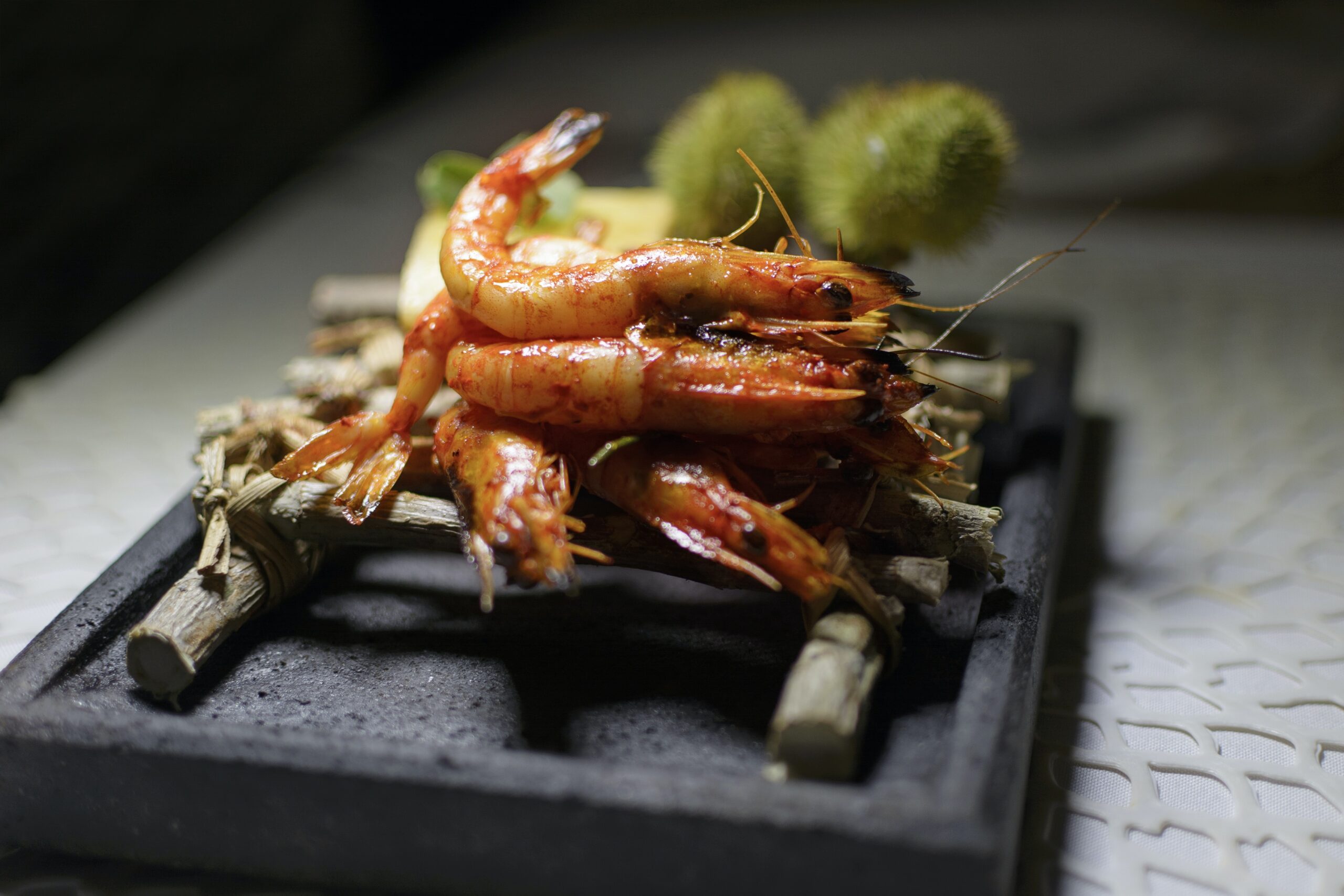
Temperature
Temperature control is a key aspect of sous vide cooking that directly affects the texture of seafood. Here are some temperature considerations when cooking seafood sous vide:
Low temperature for delicate seafood
Delicate seafood requires low cooking temperatures to help retain its tenderness and prevent it from becoming too firm. Lowering the cooking temperature creates a gentle cooking environment that minimizes the risk of overcooking and ensures that the seafood maintains its desired texture. For example, cooking a delicate fish fillet at around 120°F (49°C) helps preserve its flaky and tender texture.
Higher temperature for tougher seafood
Tougher seafood, such as octopus or squid, benefits from higher cooking temperatures to break down their connective tissues and achieve a more tender texture. The higher temperature creates an environment that promotes enzymatic activity and helps tenderize the meat. For example, cooking octopus at around 160°F (71°C) for several hours can yield a more tender and enjoyable texture.
Preparation techniques
Various preparation techniques can be used in conjunction with sous vide cooking to enhance the texture of seafood. Let’s explore a few common techniques:
Marinating
Marinating seafood before cooking it sous vide can help add flavor and potentially improve its tenderness. A marinade can consist of a combination of herbs, spices, citrus juice, or oils that infuse the seafood with delightful flavors. The marinating process allows these flavors to penetrate the seafood, enhancing its overall taste and texture.
Vacuum sealing
Vacuum sealing is a crucial step in sous vide cooking that helps retain moisture and contributes to a succulent and juicy texture. By removing the air from the pouch, the seafood remains in constant contact with its natural juices, resulting in enhanced flavor and tenderness. The vacuum sealing process also ensures that the seafood is cooked evenly and that flavors are evenly distributed throughout.
Adding seasonings or aromatics
Adding seasonings or aromatics to the pouch of seafood before sous vide cooking can elevate the flavor and texture of the final dish. Herbs like dill or thyme, spices like garlic or chili flakes, or aromatics like citrus zest can enhance the seafood’s natural flavors and provide a pleasant texture profile. These additional flavors infuse into the seafood during the cooking process, making each bite a tasty experience.
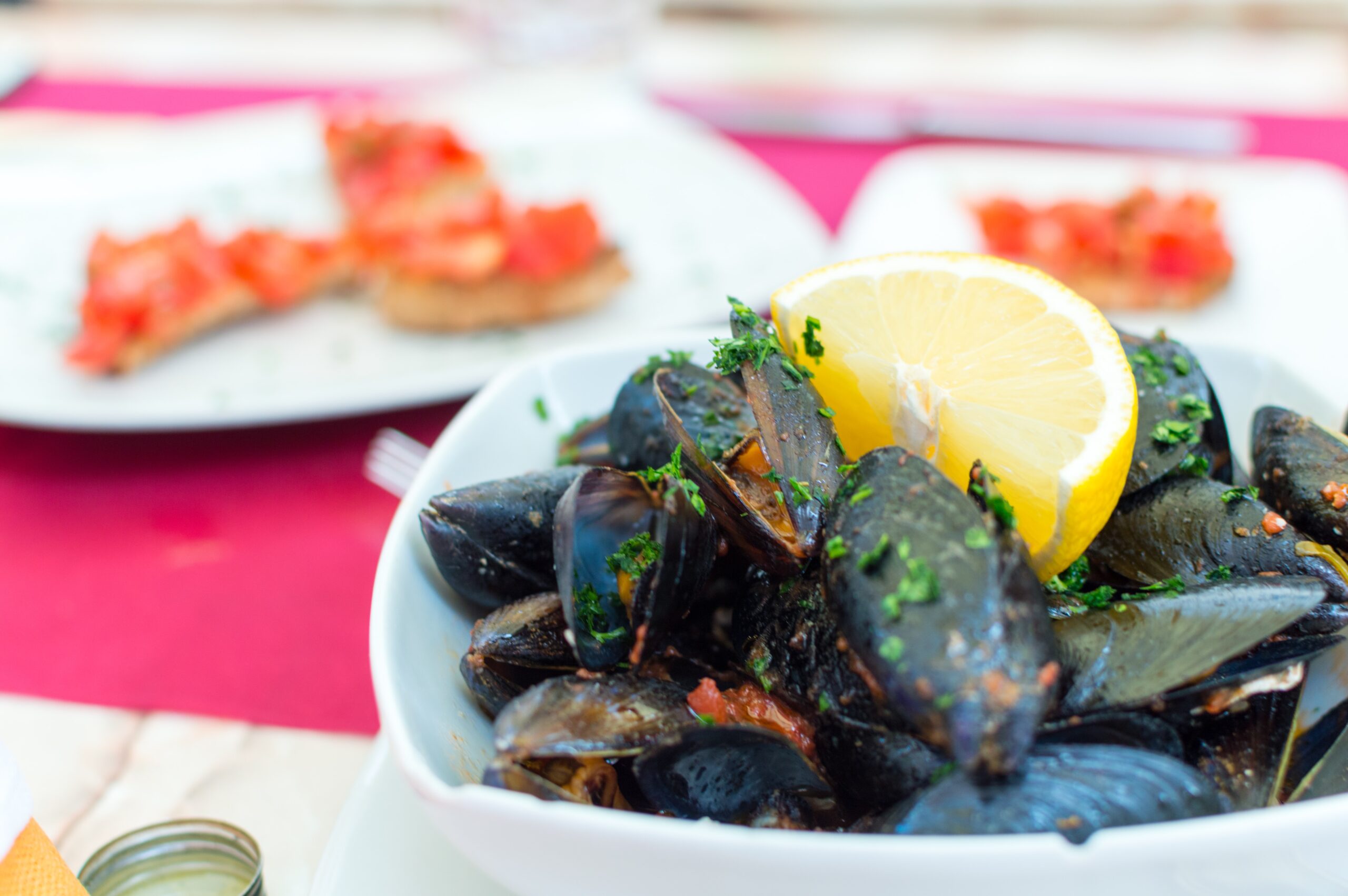
Moisture retention
Sous vide cooking excels in moisture retention, particularly for seafood. When seafood is sealed in a pouch and cooked sous vide, moisture loss is minimized, resulting in a succulent and juicy texture. The sealed pouch prevents the escape of moisture, trapping it within the seafood, and intensifying its natural flavors. This moisture retention contributes to a pleasant mouthfeel, making the seafood enjoyable to eat.
Tenderization
Tenderization is a significant effect of sous vide cooking on seafood texture. The controlled cooking temperatures and extended cooking times allow enzymes within the seafood to break down the connective tissues. This enzymatic action transforms tougher seafood into a softer and more tender texture, making it easier to chew and more enjoyable to consume. The result is seafood that melts in your mouth and brings out its natural flavors.
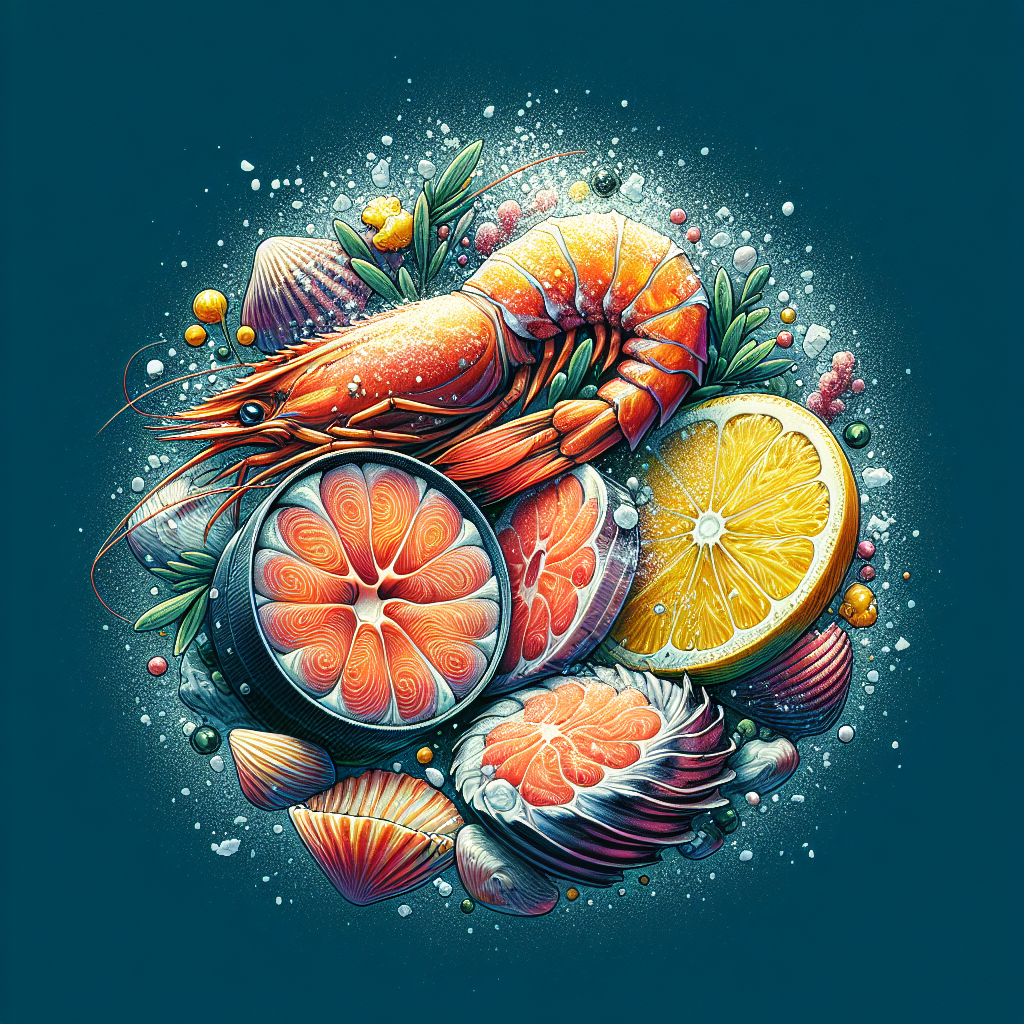
Uniformity
One of the fantastic benefits of sous vide cooking is the uniformity it brings to the texture of seafood. The precise temperature control in a water bath ensures consistent temperature distribution throughout the seafood, promoting even cooking. This uniformity helps achieve a consistent texture across the entire seafood, ensuring that no part is undercooked or overcooked. Whether you’re cooking a whole fish or a platter of shellfish, sous vide delivers uniformity and an equally enjoyable texture in every bite.
Loss of some natural firmness
While sous vide can contribute to succulent and tender seafood, it may also result in a slight loss of the natural firmness that some seafood varieties possess. The extended cooking times and lower cooking temperatures in sous vide cooking can lead to a slightly softer texture, which may not be suitable for all seafood preparations. It’s important to consider the desired outcome and texture preference when deciding whether to use sous vide for a particular seafood dish.
In conclusion, sous vide cooking offers numerous effects on the texture of seafood. It helps retain moisture, tenderizes tougher cuts, ensures uniformity, reduces the risk of overcooking, enhances delicate flakiness, and can result in a slight loss of natural firmness. By understanding the factors affecting seafood texture, such as the type of seafood, cooking time, temperature, and preparation techniques, you can leverage sous vide cooking to achieve the desired texture in your seafood dishes. Whether you’re aiming for tender fish fillets, perfectly cooked shellfish, or tenderized octopus, sous vide presents a versatile and effective method for elevating the texture of seafood to new heights.



